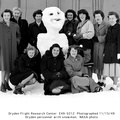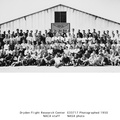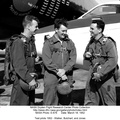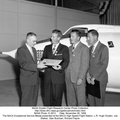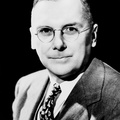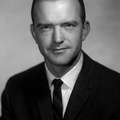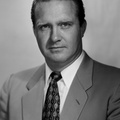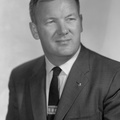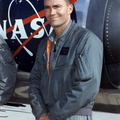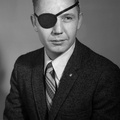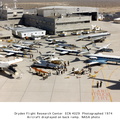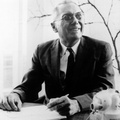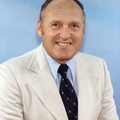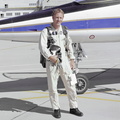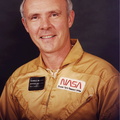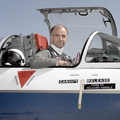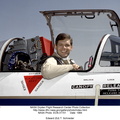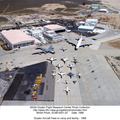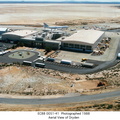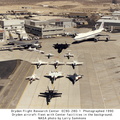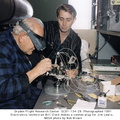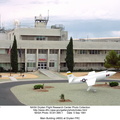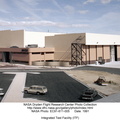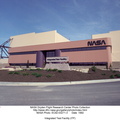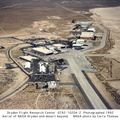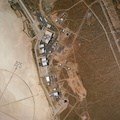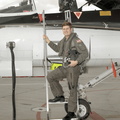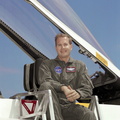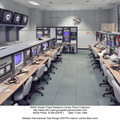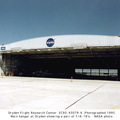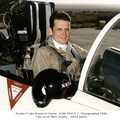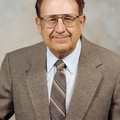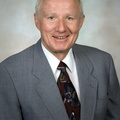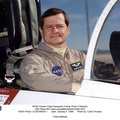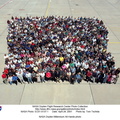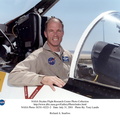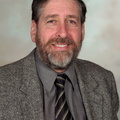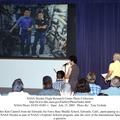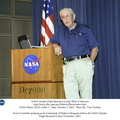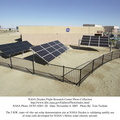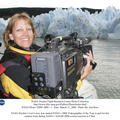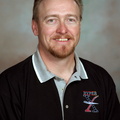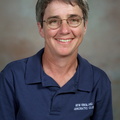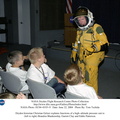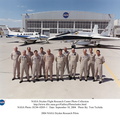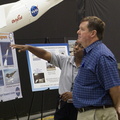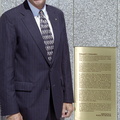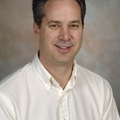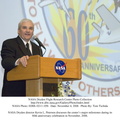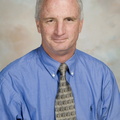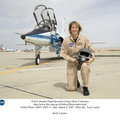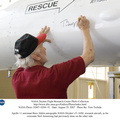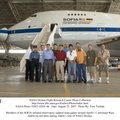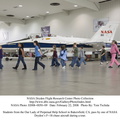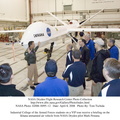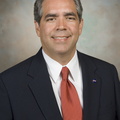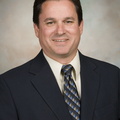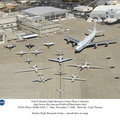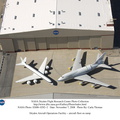
WIKIARCHIVES.SPACE
The Human Spaceflight Archive

Milton O. Thompson was hired as an aeronautical research scientist at the National Advisory Committee for Aeronautics’ High-Speed Flight Station, Edwards, California, on March 19, 1956, becoming a research pilot in January 1958. During his 37-year career at what became the National Aeronautics and Space Administration’s Dryden Flight Research Center in 1976, Milt managed several research programs and flew many research flights.
Information
- Taken in
- Edwards Air Force Base
- Author
- NASA
- Description
-
Milton O. Thompson was hired as an aeronautical research scientist at the National Advisory Committee for Aeronautics’ High-Speed Flight Station, Edwards, California, on March 19, 1956, becoming a research pilot in January 1958. During his 37-year career at what became the National Aeronautics and Space Administration’s Dryden Flight Research Center in 1976, Milt managed several research programs and flew many research flights.
One of Milt’s first research projects, after he became a research pilot, was a program to investigate the feasibility of obtaining substantial amounts of laminar flow on an airfoil at supersonic speeds. The testbed aircraft was an F-104 with one wing covered with a fiberglass glove that served as the test section for the experiment. Next was the Air Launched Sounding Rocket (ALSOR) research program using an F-104 with a rocket launcher installed on it. The intent of the program was to release a balloon from an air launched rocket at over 1,000,000 feet altitude (approximately 190 miles) and then measure its rate of descent to determine air density.
In 1959, Thompson was assigned to the Boeing X-20 Dyna-Soar program as a pilot-consultant. The X-20 program was scheduled to launch a human into Earth orbit and recover with a horizontal ground landing. The program was canceled before construction of the vehicle began.
Milt became interested in the Rogallo-wing concept, “Parawing”, for spacecraft reentry. The best way to acquire experience, of course, was by building and flying a Paraglider Research Vehicle (Paresev). After ground tows to demonstrate controllability with Milt in the cockpit, he made the first flight aloft on March 12, 1962.
On August 16, 1963 Thompson became the first person to fly a lifting body, the lightweight M2-F1. The plywood and steel-tubing prototype was flown as a glider after releasing from an R4D tow plane. He flew it a total of 47 times, and also made the first five flights of the all-metal M2-F2 lifting body, beginning July 12, 1966.
Thompson was one of the 12 NASA, Air Force, and Navy pilots to fly the North American X-15 rocket-powered research aircraft between 1959 and 1968. Milt’s first flight was on October 29, 1963. He made a total of 14 flights during the next two years. He reached a maximum speed of 3712 mph (Mach 5.48) in the X-15-3 and a peak altitude of 214,100 feet in the X-15-1 aircraft.
In January 1967, he retired from active flying and moved into the research organization’s Project Sub-Division Office, becoming chief of the newly formed Research Projects Office in 1969. In this position he was responsible for all of the flight projects at the Center, which included the X-15 and the lifting bodies as well as a number of other projects. In April 1975, he became chief engineer with responsibility for the overview of all technical research activities at the Center and reported directly to the Center Director, a position he held until his death.
Thompson began flying with the U.S. Navy as a pilot trainee at the age of 19. He subsequently served during World War II with duty in China and Japan. Following six years of active naval service, he entered the University of Washington, in Seattle, Wash. Milt graduated in 1953 with a Bachelor of Science degree in engineering. He remained in the Naval Reserves during college and continued flying--not only naval aircraft but crop dusters and forest-spraying aircraft. After college graduation, Milt became a flight test engineer for the Boeing Aircraft Company in Seattle, where he was employed for two years before coming to the NACA High-Speed Flight Station.
Thompson was a member of the Society of Experimental Test Pilots, and received the organization’s Iven C. Kincheloe trophy as the Outstanding Experimental Test Pilot of 1996 for his research flights in the M2 Lifting Bodies. He also received the 1967 Octave Chanute award from the American Institute of Aeronautics and Astronautics for his lifting-body research. Milt was a member of NASA’s Space Transportation System Technology Steering Committee during the 1970s. In this role he was successful in leading the effort to design the Orbiters for power-off landings rather than increase weight with air-breathing engines for airliner-type landings. His committee work earned him NASA’s highest award, the Distinguished Service Medal. In 1990, the National Aeronautics Association selected Thompson as one of the year’s recipients of its Elder Statesman of Aviation awards.
Thompson was author of several technical papers, was a member of NASA’s Senior Executive Service, and received several NASA awards.
Milton Orville Thompson was born May 4, 1926, in Crookston, Minnesota; he died on August 6, 1993, in Lancaster, California.
- Created on
- Albums
- US SPACE PROGRAM / FACILITIES / DRYDEN/ARMSTRONG CENTER
- Source link
- https://www.dfrc.nasa.gov/Gallery/Photo/Pilots/index.html
- Visits
- 20
- Rating score
- no rate
- Rate this photo
- License
- Public Domain
- Modified by WikiArchives
- No (original)
- Downloads
- 0
Powered by Piwigo



























